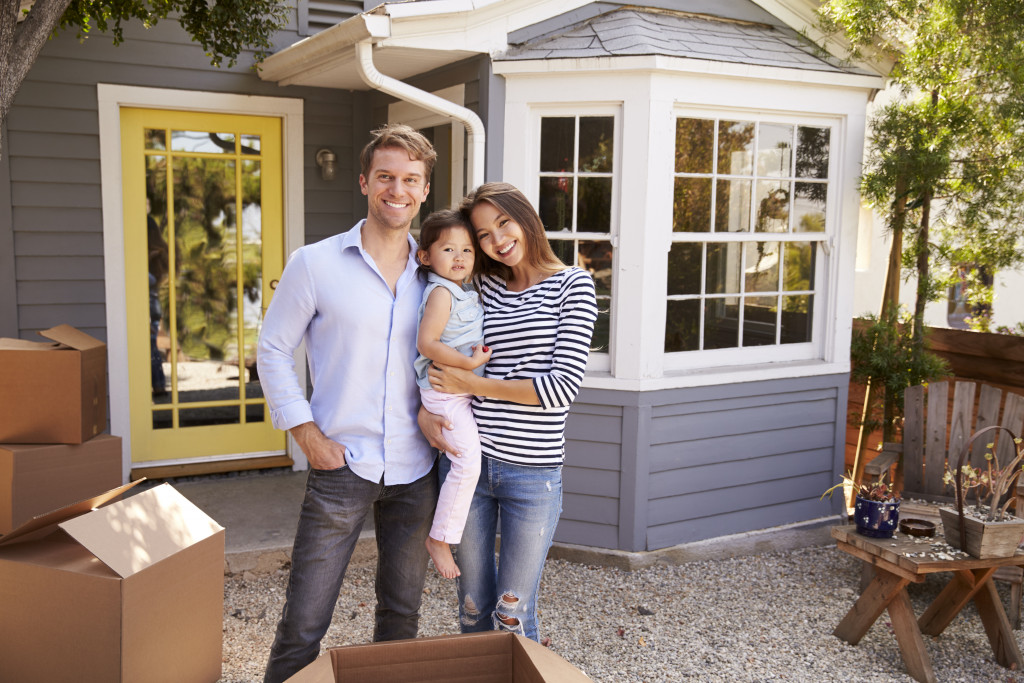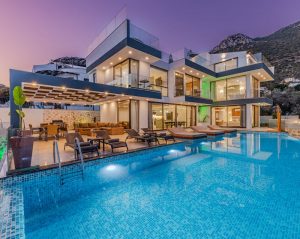Moving from a place with a cold climate to a place where it tends to be hot most of the year is a big change—not just for your body, but for your lifestyle as well. First and foremost, you’re probably going to have a challenging time adjusting to the new temperature for the first few days or weeks. More than that, you will probably have to learn new habits to keep yourself—and your house—comfortably cool.
If you plan to move somewhere with a hot climate, the house you choose will play a big role in how you adapt to your new environment. That said, here are the home features that you need to look for when moving to an area where it tends to be hot for most of the year.
-
Insulated windows
Having insulated windows is important whether you’re living in a cold or hot climate. Insulated windows are windows with two or more panes of glass and are often treated with a special coating. Unlike single-pane or non-treated windows, insulated windows are better at keeping warm or cool air inside the house. In a hot climate, insulated windows can help keep the cold air in and the hot air out. Furthermore, they are efficient at blocking the heat from the sun from entering the house, effectively keeping the house cool without the need to close the curtains.
-
Drought-resistant grass
Properties in areas with hot climates will likely have warm-season grass readily installed, but it still pays to check before making an offer on the house. One of the best types of warm-season grass is called couch grass or couch turf, a grass variety with a high drought tolerance due to the deep root system that allows it to draw more water from the soil. This type of grass is also known for its dark green color, which it keeps throughout the year, ensuring that your lawn will look healthy and thriving in both cold and warm seasons.
-
LED lighting
Although the heat from light bulbs may seem negligible, it can still add up, especially if the house has halogen or incandescent bulbs. The best type of light bulb for hot climates is the LED, which produces far less radiant heat than other bulbs. More than that, LED light bulbs also last longer, give off a stronger illumination, and are more energy-efficient, making them the best type of lighting for both indoor and outdoor spaces.

-
Exterior shading
One of the perks of living somewhere warm is that there tends to be more days when it’s great to be outside. However, excessive heat can put anyone off of going outdoors just as frigid cold can. That said, look for outdoor shading when you’re researching prospective houses, such as awnings, gazebos, and large trees. If you don’t find adequate outdoor shading on a house that you’re eyeing, factor in the cost of installing shading in your budget.
-
Greenery and bodies of water
Trees, shrubs, and other types of greenery can help cool down an area, especially in the summer months. When looking for a property in a place with a hot climate, prioritize listings with lots of greenery surrounding the property, huge trees that also provide shade.
On the other hand, large bodies of water also have a cooling effect on their surroundings since they absorb and store heat. If it lines up with your preferences, a house near a lake o a large pond may be a great choice when you’re moving somewhere hot. Aside from helping moderate the temperature, a nearby body of water can also provide a great place to conduct all sorts of recreational activities, which can be another way of cooling down during hot days.
-
Energy-efficient appliances
Buying a house that already comes with energy-efficient appliances can be a big money saver since you won’t have to pay for new ones, and they are great at keeping your utility bills low. But apart from that, energy-efficient appliances produce less radiant heat than appliances that are not-so-efficient. As a result, they help keep your house cool, especially when you use them all at the same time.
When you’ve lived so long in a place where it’s almost always cold, moving somewhere warm may be an incredibly enticing idea at first. However, both extremes of temperature can be just as uncomfortable. That said, ensure that you move to a house that can not only make your adjustment period easier but can also keep you and your family comfortable in the long run.







